T4K3.news
Breakthrough trial opens door for rare skin disease
A UK study shows children with a rare skin disorder can gain mobility and comfort after a stem cell trial, with public funding backing ongoing research.
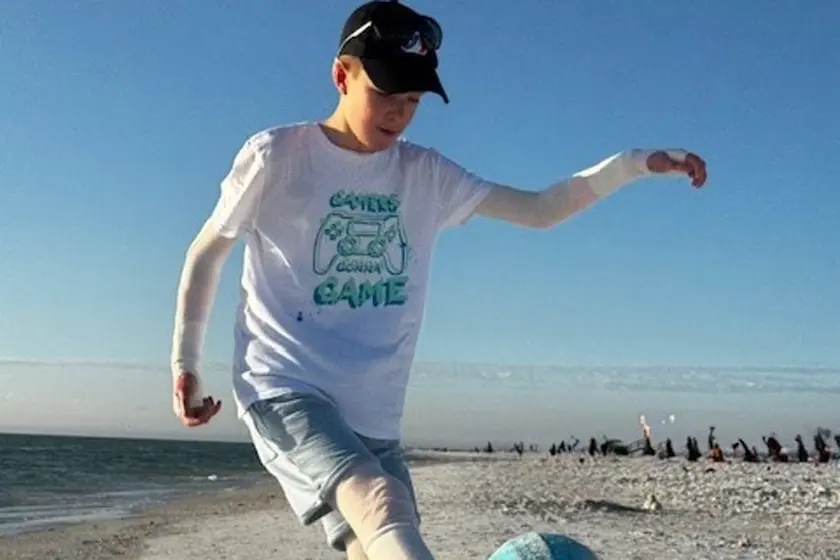
A 12-year-old with recessive dystrophic epidermolysis bullosa gains new freedom to play after a stem cell trial in the UK.
Rare skin disorder boy plays football after breakthrough trial
A 12-year-old boy with recessive dystrophic epidermolysis bullosa, a rare and painful skin disorder, has gained more freedom to play after a new stem cell trial. Gabrielius Misurenkovas took part in a study at Great Ormond Street Hospital in London and Birmingham Children’s Hospital, where 30 children received mesenchymal stromal cells through an intravenous drip. The trial used CORDStrom, a product from INmuneBio, and is funded by NHS England, the National Institute for Health and Care Research, and the charity Cure EB. Researchers are studying whether regular infusions can reduce inflammation and promote wound healing.
Family reports that the treatment led to faster wound healing, less redness and itching, quieter nights, and a chance for Gabrielius to join sports at school with a soft ball. He can now ride his bike and play with friends more easily, though care is still needed to avoid injuries. The company has agreed to provide the therapy free for a year, and regulators will decide if the treatment should be approved for broader use in the UK and beyond.
Key Takeaways
"Gabrielius did really well on the trial. His wounds healed quicker, and his skin was less red and inflamed."
Mother Jolita Cekaviciene describing improvements after the trial
"The first two years were really hard as you had to watch him constantly, even rubbing his eyes could cause painful blistering."
Mother describing the early years with the condition
"Gabrielius wanted to take part in the trial as I was excited to see if it could help improve my condition and so I could do more of the things I enjoy, like playing football and spending time with my friends."
Gabrielius speaking about his motivation
"The trial has given her son more freedom than before, but he still needs to be careful in any activity to avoid falling over or being bumped."
Mother reflecting on ongoing caution
The story highlights how public health funding can support bold advances in rare diseases. It also underscores a shift toward cell-based therapies that blend public oversight with private development. If the benefits endure and scale, this could ease a liveset of burdens for families once defined by daily care and medical visits. Yet long-term safety, cost, and access remain open questions that will shape whether this progress reaches all children who need it.
Highlights
- Finally I can chase a ball without fear
- This trial gave him back some of his life
- Freedom for a kid who could barely walk before
- Treatments like this must stay affordable for families
Funding and access risks around pediatric stem cell therapy
The program relies on public funding plus a donor company supplying treatment for a year. Long-term affordability, ongoing access for all eligible patients, and regulatory hurdles could trigger political and budget concerns.
More work lies ahead to ensure safe, affordable access for all eligible children.
Enjoyed this? Let your friends know!
Related News
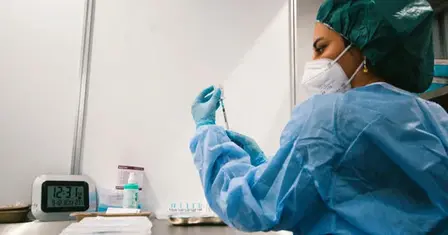
mRNA research funding under fire
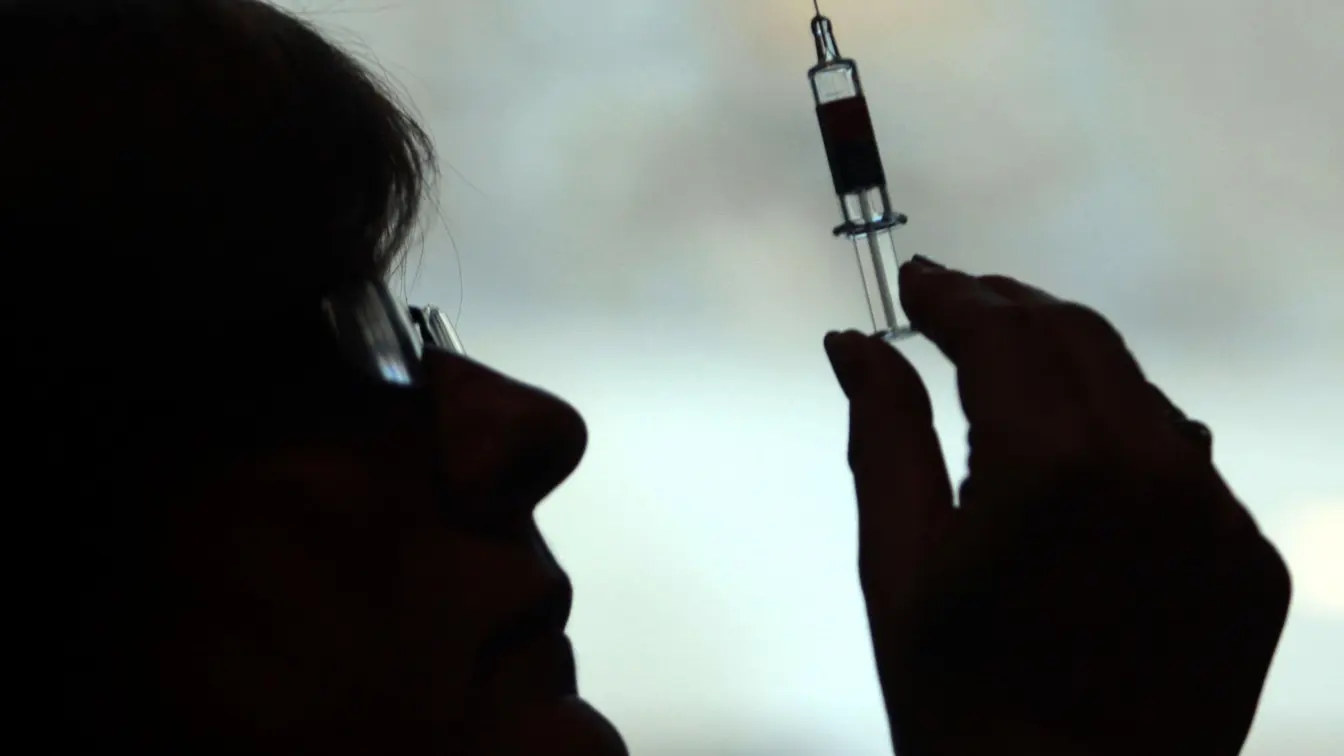
New cancer vaccine shows potential for all tumours

UK study shows immunotherapy improves survival in penile cancer

Health alert issued for Gulf Coast Vibrio cases
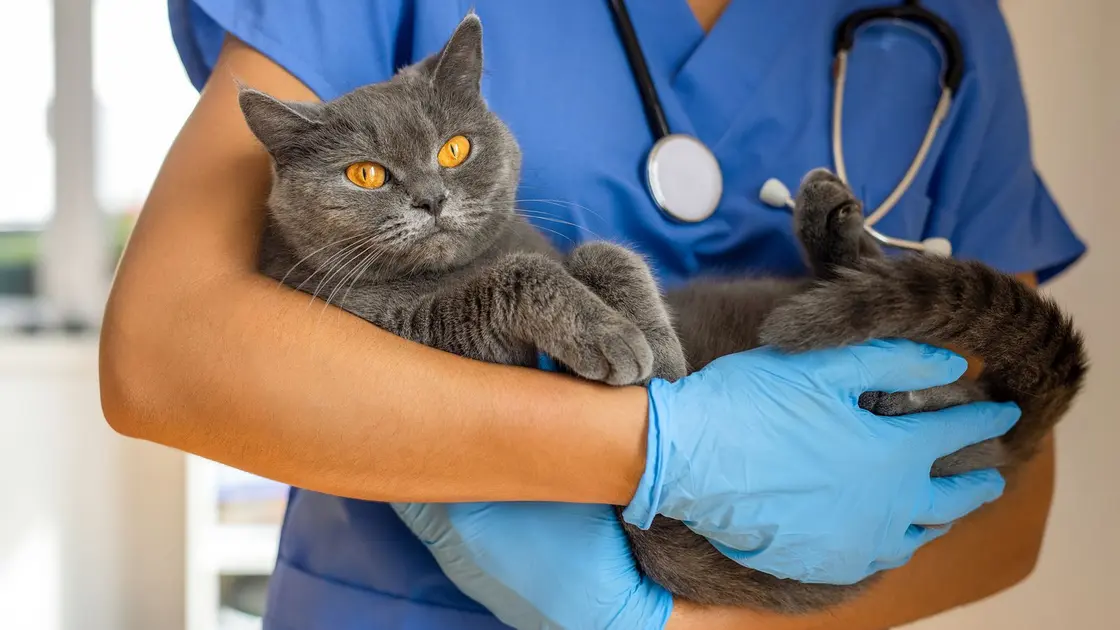
Cat dementia study offers human model

Scientists find cause of debilitating back pain in SpA
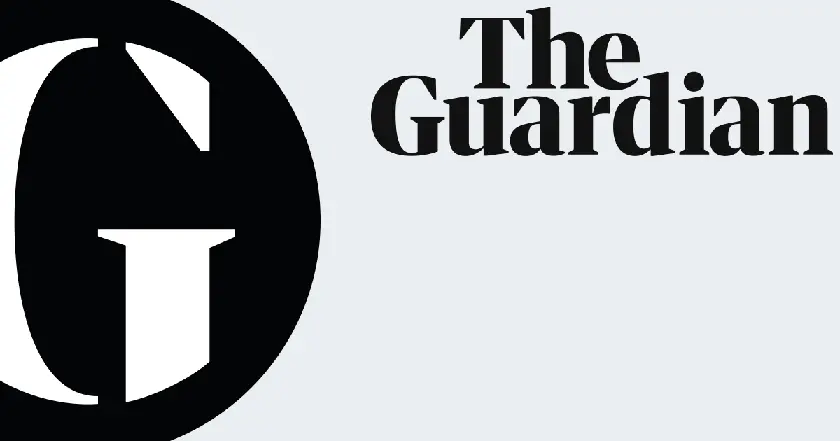
Betsy Lewis, 75, celebrates life after stopping cancer treatment
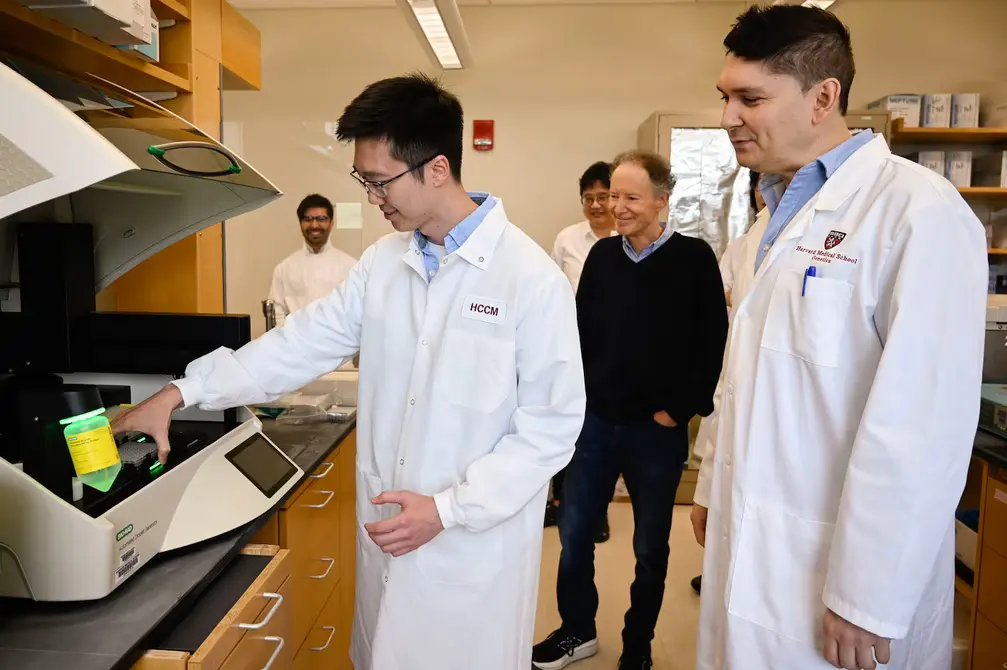
New study reveals lithium's potential in Alzheimer’s treatment
